Gluten-Free Foods
Gluten-free diets are all the rage, but only a small portion of the population is truly sensitive to the wheat protein.

Gluten-free diets are all the rage, but only a small portion of the population is truly sensitive to the wheat protein.
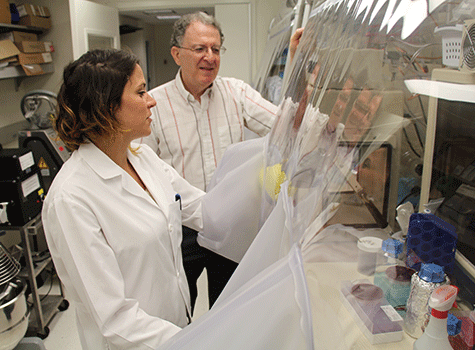
Gut microbes may be crucial to maintaining a healthy weight. The latest evidence comes from a study that transplanted human gut bacteria into mice.

Baby teeth fall out eventually. But that doesn't mean cavities in baby teeth should be ignored.

How can companies claim that cooking sprays are “fat-free” if the first ingredient is oil?

PRE-HISTORIC SCIENCE - Is there a connection between hot weather and violence? And, were our ancestors really as warlike as we make them out to be? Also, did ancient Egyptians jewelry have extraterrestrial origins? And, were spices part of ancient European cuisine?

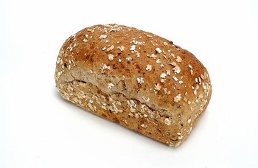
Gluten-free diets are all the rage, but only a small portion of the population is truly sensitive to the wheat protein.

IN THE KITCHEN - Why grapefruit and some medications don't mix. Is going gluten-free a good idea? How overeating affects the brain. And, is food coloring safe?
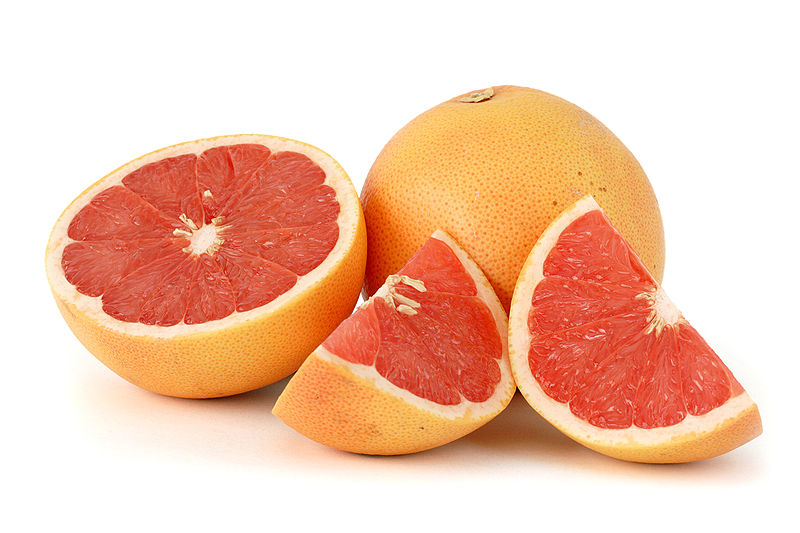
Grapefruit can interact in potentially dangerous ways with a variety of prescription medications.
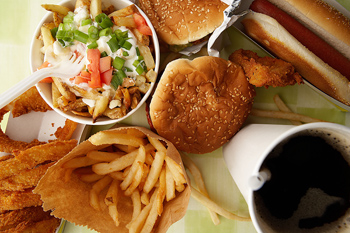
A molecule in the gut controls the brain's response to food, and its absence could lead to overeating and obesity.

NATURE & HEALTH - Scientists look to the oceans for new antibiotics. The full moon affects sleep patterns. And, how paleo is the so-called "Paleo" diet? Also: How apes remember events.

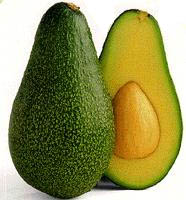

Pollution in the Northern Hemisphere was largely responsible for deadly droughts in late 20th century Africa.
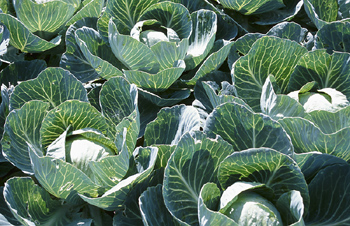
Keeping produce on a normal day/night schedule could improve its nutritional value.

WHEN SCIENCE MEETS HISTORY - Ocean temperature records from a 19th century research ship confirm global warming. Reviving plants hidden under glaciers for centuries. Tracing the genetic origins of the blight that started the Irish Potato Famine. And uncovering evidence of lead pollution in Spain from 4,000 years ago.
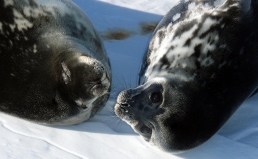
EAT OR BE EATEN - Cannibal baby sharks, ladybugs that eat other ladybugs, and monkeys that adopt the local cuisine. Also: how baby seals learn to hunt. And, why global warming could turn snowshoe hares into easy prey.
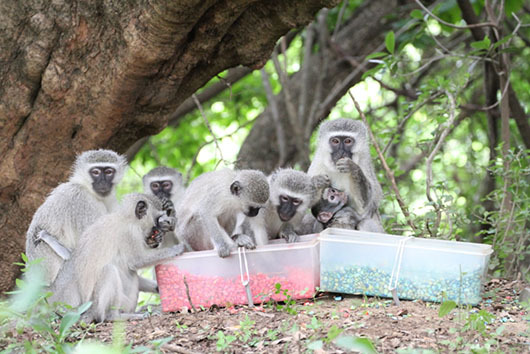
Vervet monkeys usually adopt the food preferences of whatever social group they join.

Cellulose, an indigestible material found in all plants, can be converted into healthy, edible starch.
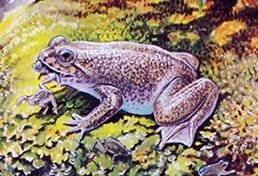
Energy drinks and red meat contain carnitine, a substance that promotes heart disease with the help of gut bacteria.

ATHLETES & ROBOTS - Elite athletes are far from dumb jocks. A common ingredient in energy drinks could promote heart disease. Also: Robots that learn by watching us, and robots that can walk on sand.

Fighting disease involves maintaining the healthy populations of microbes that live inside us.
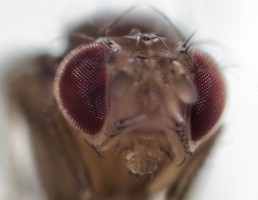
INSECTS & ALCOHOL - Insects that arm their offspring with alcohol. Drinking may have a 10 million year history. And the importance of wild insects to the worldwide food supply. Also: prosthetic ears from a 3-D printer and seals that sleep with one eye open.
